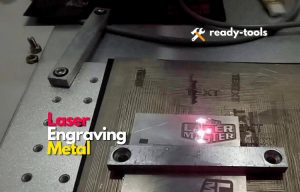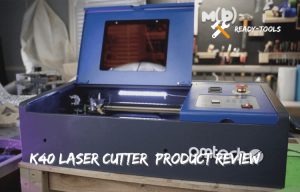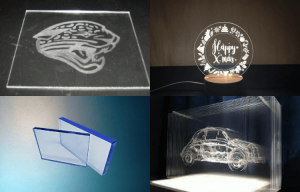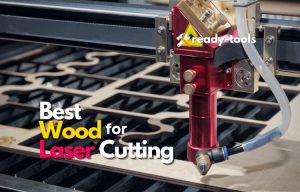For many businesses, laser cutting is a vital part of their production process; it’s efficient and precise. However, it can be an expensive undertaking – and cost savings are essential to keeping costs low. So, are you wondering how to reduce the cost of laser cutting? Optimize your processes for maximum efficiency, use economical materials, and more! This article will provide tips for reducing laser cutting costs to ensure you get the most out of your machinery. From planning to switching materials and more, read on to learn how to save money on your laser-cutting operations.
What Are the Main Laser Cutting Costs?
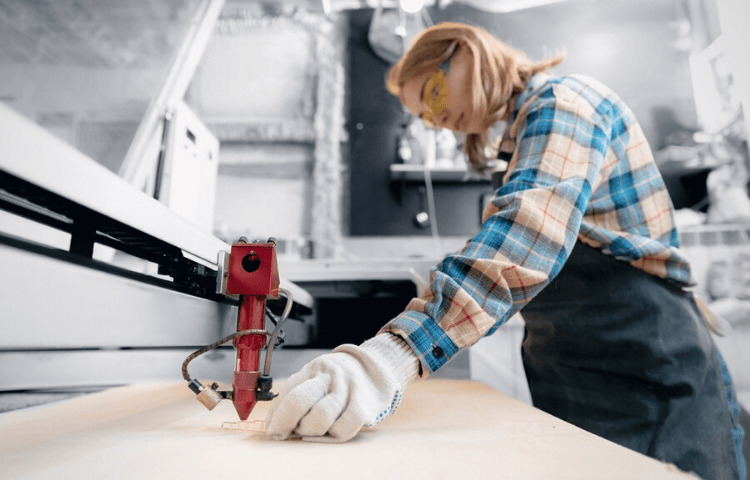
Laser cutting is a very popular method for manufacturing and prototyping, but it’s also one of the most expensive. The shipping cost varies depending on where you are located, but the range rate is usually $120/hr. Many laser cutting companies are charging $150, $180, and higher based on what the competition is charging.
The cost of materials is also fairly straightforward; however, you should factor in the cost of shipping when considering this category.
The price for laser cutting can vary widely, depending on how much control you want over your design and whether or not you need to use a different material. The cost varies depending on what type of material you’re using and how intricate your design is. For example, if you’re using plastic, it will be more expensive than if you were using aluminum. Each material has its associated costs, though some companies may use more than one material at a time for their projects. For example, you could use carbon fiber and aluminum in your project.
Another way to reduce costs is by using fewer pieces or different sizes of each piece. If you’re using only one material size for all of your pieces, it will be less expensive than if you were using several different sizes and designs, like flower laser cutting. This can be especially helpful if you’re trying to cut something complicated into many pieces with varying widths and heights.
Ways to Reduce Laser-Cutting Costs:
Outsourcing Your Project to Experienced Companies:

Outsourcing your project to an experienced company can save you money and time. When planning a project, it’s easy to get carried away with the details. But one thing that’s often overlooked is the cost of your materials—especially when they’re shipped from overseas.
You can take some steps to keep costs down and ensure that your materials are delivered quickly.
First, ask for quotes. Many companies will give you free shipping if you order enough units at once, so don’t be afraid to ask for more than one quote! You can also get free shipping on orders over $500 if you have a coupon code (which we’ll share below).
Compare prices and services. It’s easy to get swept up in all the different options, but make sure that whatever company you choose offers good quality products and services at competitive prices before finalizing anything. For example, if you expect elite laser cutting specializing in Abrasive Water Jet cutting off all conductive and non-conductive materials. It can be more expensive than usual laser cutting.
Ask for discounts. You should always negotiate with any company offering discounts or promotions on their products or services, as those savings can add up quickly! If the company doesn’t offer any discounts, check out other similar companies or see if they offer package deals or promotions that could save you money in the long run (such as joining their mailing list).
Use a coupon code when ordering online. Coupons are great ways to save laser-cutting costs.
Use a Cost-Effective Laser:
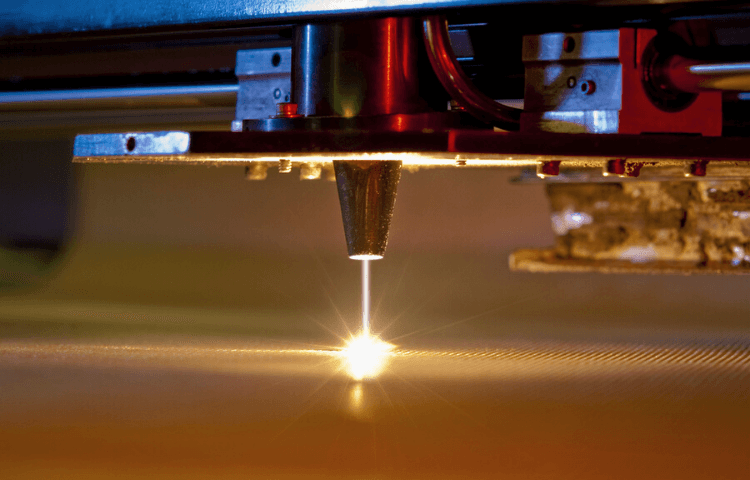
If you’re looking for ways to reduce the cost of laser cutting, one option is to use a cost-effective laser. There are many ways to do this.
Laser cutting is an incredibly precise process that can make all sorts of things, including some unique products. However, if you want to minimize your costs, you can do a few things to improve your laser-cutting machine’s efficiency and effectiveness.
First, you should use a lower-power laser. With lower-power lasers, you can cut faster and at lower temperatures, which will enhance your productivity.
You should also increase the beam diameter by using extra lenses for focusing light on the cutting area. This will allow you to cut larger or more complex pieces than a smaller beam diameter.
Finally, ensure you’re using high-speed cuts instead of slow ones. This will allow for faster production times and less downtime during production.
If possible, use a cooling water system for your machine instead of air cooling since it’s less expensive and easier to maintain over time due to its low maintenance requirements compared with other types of cooling systems like oil or grease-based ones (which require frequent cleaning as well as regular oil changes).

If you have a laser cutter, there’s a good chance you’re not using it to its full potential. Here are 5 ways to reduce laser-cutting costs and make the most of your machine:
1. Share the laser with others. If you have a laser cutter, there’s a good chance you’re not using it to its full potential. One way to reduce laser-cutting costs is to share the machine with others who can use it for their projects. This can be done through online communities or in person at local maker spaces or Fab Labs.
2. Use open-source software. Many great open-source software options are available for Laser Cutting, such as Inkscape, Lasercut, and LibreCAD. Using open-source software can save you money on expensive proprietary software licenses.
3. Use recycled materials. Recycled materials can be a great way to save money on your laser-cutting projects. Check with local businesses or online for sources of recycled material that can be used for your project.
4. Shop around for materials. Materials for laser cutting can vary greatly in price depending on where you purchase them from. Shop online and in person to find the best deal on the materials you need for your project.
5. Use less material. One way to reduce costs associated with laser cutting is to use less material overall. This can be accomplished by designing more efficient parts or using nesting techniques when multiple parts are being cut from
Consider Leasing Options:
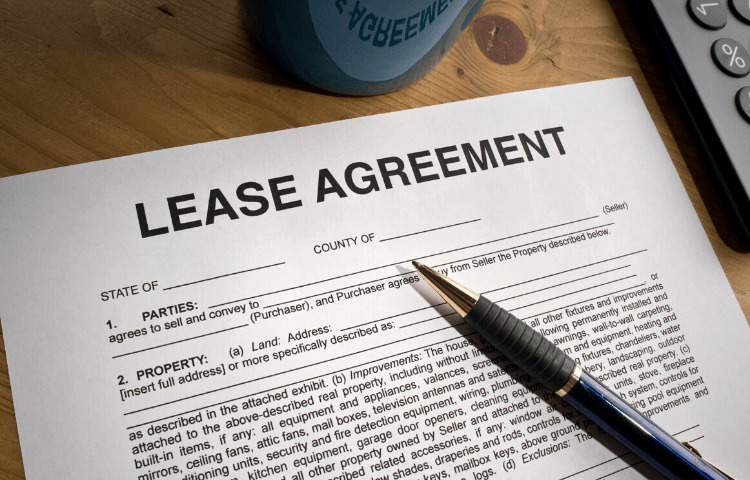
If you’re looking to reduce laser cutting costs, one option is to consider leasing options. This can be a great way to get the necessary equipment without making a large upfront investment. However, there are a few things to keep in mind when considering this option. First, compare lease terms and conditions to understand what you’re getting into. Second, factor in the cost of maintenance and upkeep when budgeting for your lease. And finally, make sure you have a plan for what you’ll do with the equipment once your lease Is up. If you keep these things in mind, leasing can be a great way to save money on laser-cutting costs.
Use Online Tools:

Several online tools are available to help you reduce the cost of laser cutting. These tools allow you to input your project’s dimensions and receive an estimate of the cost.
Other online tools allow you to input information about your project and receive an estimated price based on a number of different factors.
Finally, there are many online forums where you can ask questions and receive advice from other laser cutters. This can be a great way to learn about new techniques or find ways to reduce costs.
Start from Small Order:

It is important to start with small orders when starting with laser cutting. This will help you to get a feel for the process and allow you to make any necessary adjustments to your design before committing to a larger order. Smaller orders also tend to be less expensive, so you can save money while learning.
Evaluate Your Design before Activating the Laser Cut:
Before you start cutting with your laser, taking a step back and evaluating your design is important. This will help you avoid costly mistakes and ensure that your final product is exactly what you envisioned. Here are a few things to keep in mind:
- Make sure all dimensions are accurate. The last thing you want is for your parts to be the wrong size after cutting them out.
- Check for any potential issues with nesting. If your parts are too close together, you may end up wasting material or causing the laser to overheat.
- Consider the type of material you’re using. Some materials are more difficult to cut than others, so it’s important to factor that into your design.
- Simplify your design if possible. More complex designs can take longer to cut and may be more prone to errors.
- Avoid using small features or intricate details. These can be very challenging (and expensive) to cut with a laser cutter.
By taking the time to evaluate your design before starting the cutting process, you can save yourself a lot of time and money in the long run!
Other Tips to Reduce Laser Cutting Costs:
Reduce your laser cutting costs by using less power, lower beam speed, and the right blade for the job.
- Use less power: This can be accomplished by adjusting your laser’s power settings to reduce the energy used. For example, if you are cutting through a piece of aluminum or want to reduce the cost of laser cutting steel, you can use a lower power setting so that the laser is not melting the material as quickly.
- Use a lower beam speed: A slower beam speed means less heat is generated in the cut material, which lowers your cost per cut.
- Use the right blade for the job: The right blade will have fewer nicks or cuts made on it than another type of blade would have made on that material; this means less time spent replacing blades or repairing damage caused by them (which leads to more downtime and lost income).
Frequently Asked Question:
How is laser cutting cost calculated?
Laser-cutting costs can be calculated in a few different ways. The time it takes to cut the parts, the engraving area, laser cut projects, the type of material, and its thickness all play into how much it will cost you. The longer the machine is running, the more expensive it will be.
How much to charge for laser cutting?
Typically crafters will use a laser cutting cost estimator, which ranges from $12 to $20 hourly, to calculate their laser cutting power based on a machine’s running time.
How much to charge for laser engraving?
The basic calculation factor for laser cutting power is the speed at which your machine cuts through wood, acrylic, or similar materials, depending on the size and complexity of the job. Still, laser engraving costs per square inch range from $10 – $30 per piece, with $15.00 – $20.00 being common for a typical prestige acrylic piece.
Is laser cutting cost-effective?
Laser cutting is a cost-effective alternative to building expensive dies to customize pieces. Laser cutting is ideal for a full range of agricultural, construction, and heavy equipment industry professionals who need to produce accurate parts quickly and precisely.
Is a laser cutter sustainable?
Laser cutters are a great way to reduce your costs and increase efficiency in your manufacturing process.
Laser cutters are better for the environment than many traditional, manual, and electricity-requiring methods. They use less electricity or gas and create fewer emissions than their manual counterparts; they also have a minimal environmental impact. With all of these benefits, it’s no wonder that laser cutting has become so popular.
Bottom Line:
Laser cutters are a big help when it comes to reducing your costs. It is an incredibly versatile process and can be used to create a wide variety of materials. There are many ways to reduce costs while still maintaining the quality of your product. Many of them require electricity and gas and fume extraction systems. These can also be expensive to install, but they save money in the long run by reducing environmental impacts.
The best part about laser cutters is that they’re not just better for the environment but also faster and easier than other options like band saws and plasma cutters. With a laser cutter, you don’t have to spend hours removing material from each board before you can start your next project
You should always be on the lookout for new ways to reduce your laser-cutting costs, but if you’re already doing what we’ve suggested here, then you should be able to maintain your edge in the industry.

